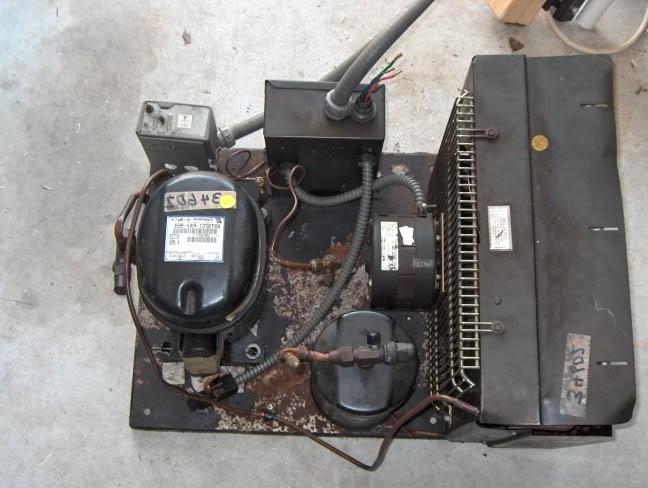To decorate an aquarium very oftenuse a variety of accessories. For example, a snag for an aquarium helps create a more natural underwater landscape. It becomes not only an excellent decoration, but also an excellent shelter for many aquarium fish, an additional food for some types of catfish eating cellulose. In aquarium art, driftwood is also used as a support for terraces, plant fastenings. This design element helps to hide the components of aquarium technical equipment.

For decorative purposes, the most popular snagsintricate forms with bizarre branches. Effective enough on such an item look plants that grow over its entire surface or only in some places. The choice of driftwood in the aquarium depends on the personal preferences of the owner. You can buy mopanis or a snag of mangrove. The intertwined parts of the roots of the mangro provide protection for the fry of the fishes, the colonies of the shells are formed on the roots. Mangroves retard organic deposits and create around them a soil in which plants are well established. A similar snag for the aquarium should be located as it grew in nature. This will allow it to absorb water more quickly and grow heavier. In the marine reef aquarium, both live mangroves and dry snags are used. Mangroves take from the water necessary for their growth nutrients, while removing from the aquarium liquid excess nitrates and phosphates. They are already completely ready for use, they do not need to be soaked, except that they boil only to reduce the release of humic substances into the water.

It is much more interesting to prepare snags for an aquarium with your own hands.
For placement in a vessel it is necessary to choosean absolutely dry inanimate branch or fragments of the roots of trees. In aquarium art, snags of beech trees, apple, pear, alder, cherry, acacia, grapevine and other trees and shrubs are successfully used. But do not choose snags from poplar, oak, coniferous plants, because they change the pH of the water, releasing a lot of tannins.
A rug for an aquarium, found independently,cleansed of dirt and bark. If necessary, some rotten places are corrected with a file. Then driftwood is subjected to salt treatment - boil 10-12 hours in saline (1 kg of salt per 10 liters of water), periodically adding water. After boiling, the driftwood settles in running water for about 12 hours. Treated in this way snag will not rot in the aquarium. Some time can only be observed a slight staining of the liquid, which eventually passes. This does not harm the fish, it is just necessary to change the water in a timely manner.
A shell for an aquarium can be selected fromfragments of trees of deciduous species, long time lain in a natural pond. Such a soaked cot does not require careful treatment, it should only pass through a light heat treatment.

Selection of composition for aquarium designis carried out taking into account the size of the aquarium and the system of proportions Nature Aquarium. The Shitakusa art provides two styles of songs from snags - MISUBE, RYOBOKU and their three ideal types: U-Shape, Island, Triangular. Regardless of the design and size of the aquarium, only these composite types will create a harmonious underwater world. Without taking into account the objective limitations imposed by the elementary laws of composition in art, any deviation from the specifics of compositional style creation in a rectangular aquarium limited on four sides will lead to disappointing errors.</ p>







